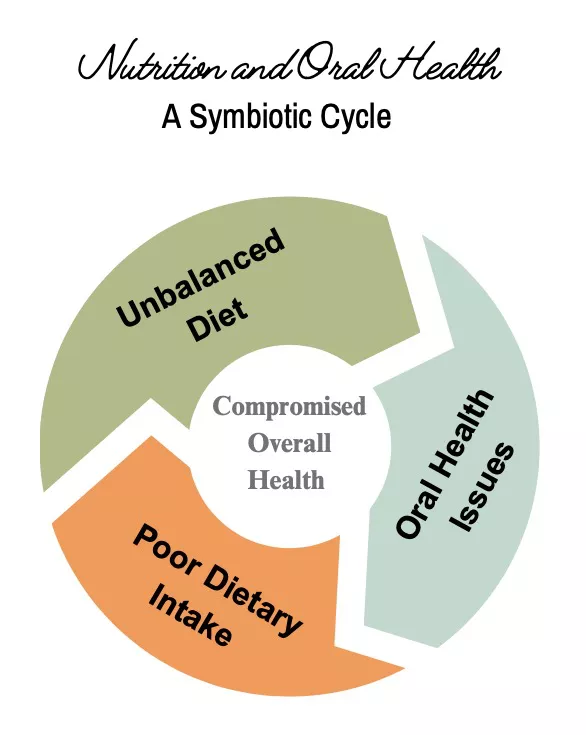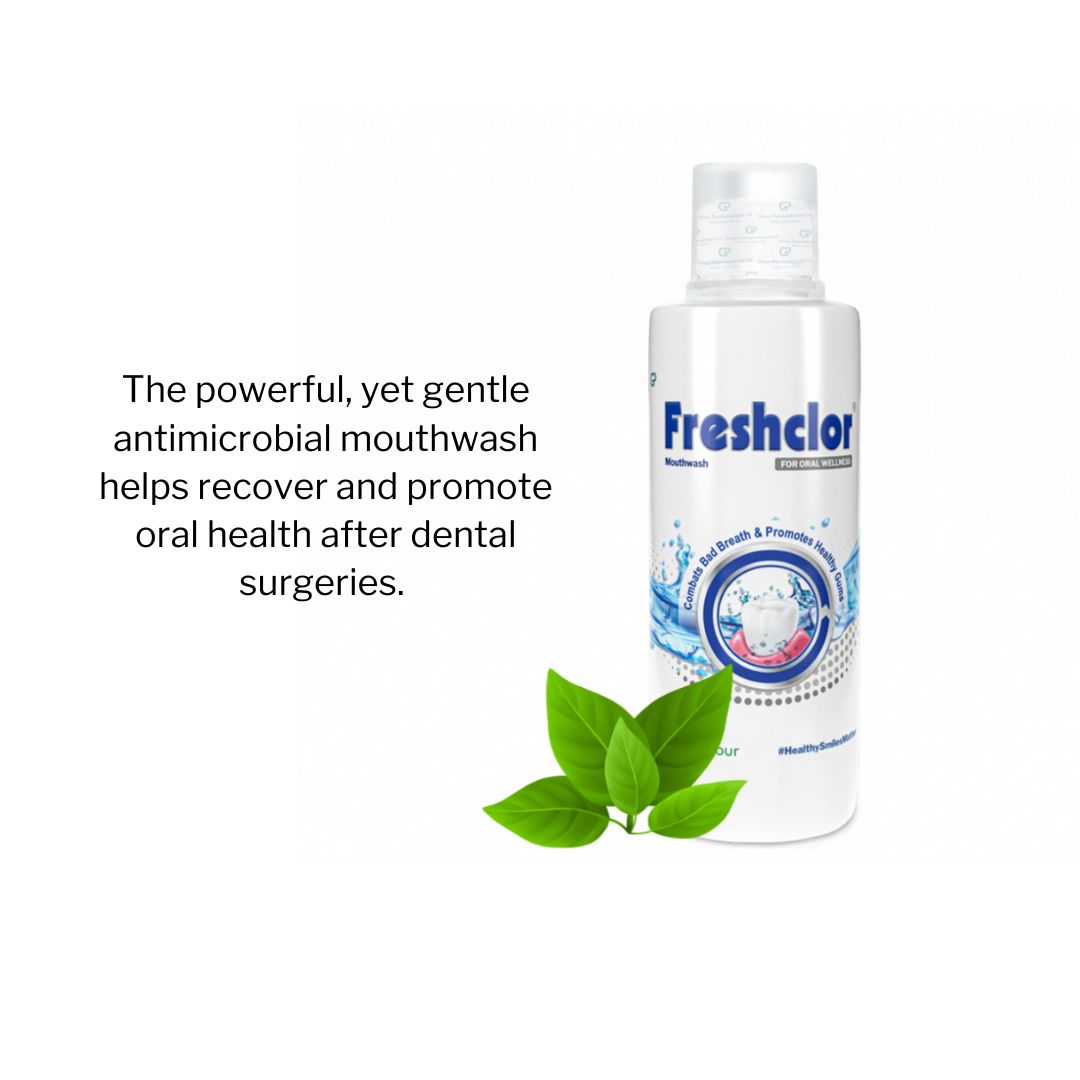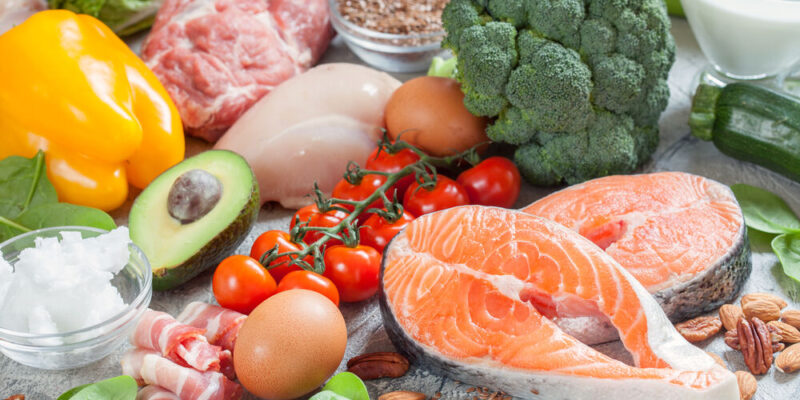Abstract
This article emphasizes the crucial connection between diet and oral health. It highlights the impact of factors like plaque, saliva and eating patterns on dental well-being. It enumerates a list of good and bad foods a dentist may share with their patients, as well as a basic oral healthcare checklist. Overall, the article underscores the significance of making mindful dietary choices to promote oral wellness and overall health.
Keywords Diet, oral health, cavities, gum disease, chronic diseases, balanced diet, eating patterns, sugars, tobacco, drugs, alcohol, overall health
 A Dental Friendly Diet
A Dental Friendly Diet
According to the WHO, oral diseases affect 3.5 billion people globally, with over 95% of Indian adults dealing with dental caries and 50% with periodontal disease. We regularly see patients brushing regularly but still battling dental issues. Their diet might be the culprit.
As chronic diseases rise worldwide, India faces a significant burden, with 53% of deaths attributed to them. Recognizing the link between chronic diseases and oral health is crucial; the mouth reflects overall health, emphasizing dental care’s role in well-being.
Modifiable risk factors like tobacco, alcohol, and a high-sugar diet contribute to oral and certain non-communicable diseases. The intricate relationship between diabetes and periodontal disease highlights connections between oral and systemic health, with excessive sugar intake linking to diabetes, obesity, and dental issues.
Factors Influencing Oral Health
Dietary habits influence tooth structure, plaque, and saliva.
Plaque: Dental plaque is a community of microorganisms found on a tooth surface as a biofilm. This white sticky bacterial layer, driven by sugars in candies and junk food, leads to acidic pH and consequently, caries or calculus.
Saliva: Crucial for oral health, saliva neutralizes acid, washes away debris, and acts as an antimicrobial agent. Regular oral care practices, including brushing and flossing, remain essential to support saliva’s functions. The normal pH value of saliva range between 7 – 7.2 (after stimuli for secretion) and 6 – 6.9 (after meal consumption). Its protective effect can be disturbed by the decrease of pH. When the pH level in mouth goes below 5.5 (i.e., the critical pH value), the acids begin to break down the enamel on teeth. Salivary protein expression and pH value is modified by diet.
Eating Patterns: Food choices impact oral health by affecting saliva’s cleansing ability. Continuous exposure to sugary and sticky foods reduces saliva’s self-cleansing action. Some dietary patterns such as high-carbohydrate/sugar, high-fat, and low-fiber intake can be associated with periodontal diseases. Besides, eating disorders like bulimia, GERD etc can deteriorate patients’ oral health and are related to the emergence of several complications, including periodontal diseases and non carious dental lesions.
Good Foods for Dental Health
Fibre-rich Fruits: Some fruits serve as natural mouth cleansers, removing plaque, stimulating gums, and freshening breath. These include:
- Apples
- bananas
- pears and
- strawberries
Green Leafy Vegetables: Some vegetables are rich in calcium and folate, which protect enamel against cavity-triggering acids. These include:
- Spinach
- Kale
- Lettuce and
- Cabbage.
Dairy Foods: Cheese and milk rich in calcium and casein, reduce plaque acidity, prevent enamel damage, and enhance saliva flow. Probiotic yogurt fights caries-causing bacteria.
Vitamin C-Rich Foods: Some foods prevent dental caries, support collagen synthesis, reduce inflammation, and act as antioxidants. These include:
- broccoli
- peppers
- potatoes
- tomatoes and
- citrus fruits.
Control intake to prevent tooth wear and erosion linked to excessive vitamin C and acidic foods.
Polyphenols: Polyphenols offer antibacterial, antiviral, anticancer, and antioxidant protection against oral health issues. They are found in
- cereals
- legumes
- cocoa beans
and beverages like
- tea
- coffee and
- red wine
Water: Essential for oral health, it reduces bacterial load, prevents caries and gum disease. Fluoridated water strengthens enamel, but excessive fluoride (>1.5 ppm) can lead to dental fluorosis.
Foods to Avoid for Dental Health
Carbonated Drinks: High in sugar and acids, these drinks can erode tooth enamel, leading to dental erosion and caries. Reduce intake for better oral health.
Junk and Sugary Starchy Foods: Junk foods can lower mouth pH, increasing the risk of caries and gum disease. Junk foods include:
- pizza
- burgers
- noodles
- candies and
- packaged foods.
Starchy foods are cariogenic and stick to teeth. Starchy foods include:
- bread
- pasta and
- high-carb junk foods like chips, certain biscuits.
Snacking on sugary treats is linked to a higher cavity risk. Cut down on these foods and brush teeth half an hour after consuming.
Drugs: Substance abuse harms oral health, causing dry mouth, tooth decay, gum problems, and cravings for sugary foods. Substance dependency may lead to neglect of dental care.
Different substances have varied effects:
- Heroin: Reduces saliva, causing dry mouth.
- Cannabis: Dry mouth, white patches, and smooth surface caries.
- Methamphetamine: Excessive tooth wear, dry mouth, gum disease, and cavities (“Meth mouth”).
- Ecstasy and Cocaine: Jaw-clenching, teeth grinding, broken teeth, headaches, and jaw pain.
Alcohol: Alcohol’s impact depends on type, content, frequency, and quantity.
- Wine and Beer: High acid content can erode enamel, causing pain.
- Vodka and Whiskey: High alcohol content can cause dry mouth.
- Over consumption of alcohol is a significant risk factor for oral cancer, especially in young people.
Smoking: This includes all types of tobacco which pose risks, like
- Cigarette smoking
- tobacco chewing
- placing tobacco in mucosa
- Smoking cigars
- Smoking tobacco pipes and
- Smoking hookahs
Smoking or using tobacco can lead to severe oral health issues, including pre-malignant oral lesions, cancers, gum diseases, teeth staining, bad breath, enamel erosion, cavities, bone damage, and tooth loss.
Vaping: E-cigarettes, known as vaping, are promoted as a way to quit smoking and have gained popularity, especially among the youth. Inhaling a mixture of nicotine, flavours, and additives through vaping exposes the oral cavity to carcinogenic effects, cultivating harmful bacteria and leading to dry mouth, dental decay, oral lesions, gum disease, bone loss, and tooth loss.
Oral Health Care Checklist
- Brush with fluoride toothpaste.
- Practice good oral hygiene by brushing teeth twice a day and flossing daily.
- Visit the dentist at least once a year.
- Avoid tobacco products and limit alcohol consumption.
- Eat balanced diet low in free sugars, high in fruits and vegetables, and favour water as the main drink.
- Seek protective equipment during sports and travel, such as helmets and mouthguards.
 Key Points in Dental Wellness Through Diet
Key Points in Dental Wellness Through Diet
- The recommended foods include fiber-rich fruits, green leafy vegetables, dairy products, vitamin C-rich foods, polyphenols, and water.
- Conversely, carbonated drinks, sugary starchy foods, drugs, alcohol, smoking, and vaping are cautioned against due to their adverse effects on oral health.
- The oral health care checklist encourages fluoride toothpaste, regular oral hygiene practices, dental check-ups, avoiding tobacco and excessive alcohol, maintaining a balanced diet, and using protective equipment.
Conclusion
In conclusion, your dietary choices reflect your oral health and overall wellness. Prioritising a balanced diet, good oral hygiene, and avoiding harmful habits like tobacco, drugs and alcohol abuse are key steps to maintain a healthy smile and elevate quality of life. Remember, oral wellness is a cornerstone of a healthy body.
References
- World Health Organization: WHO. Oral health. Published March 14, 2023. https://www.who.int/news-room/fact-sheets/detail/oral-health#:~:text=The%20WHO%20Global%20Oral%20Health,living%20in%20middle%2Dincome%20countries.
- Sharma K. Burden of non communicable diseases in India: Setting priority for action. International Journal of Medical Science and Public Health. 2013;2(1):7. doi:10.5455/ijmsph.2013.2.7-11
- Dodds M, Roland S, Edgar M, Thornhill M. Saliva A review of its role in maintaining oral health and preventing dental disease. BDJ Team. 2015;2(1-8). doi:10.1038/bdjteam.2015.123
- Bilbilova EZ. Dietary factors, salivary parameters, and dental caries. In: IntechOpen eBooks. ; 2021. doi:10.5772/intechopen.92392
- Oral health. The Nutrition Source. Published February 2, 2023. https://www.hsph.harvard.edu/nutritionsource/oral-health/





















Comments